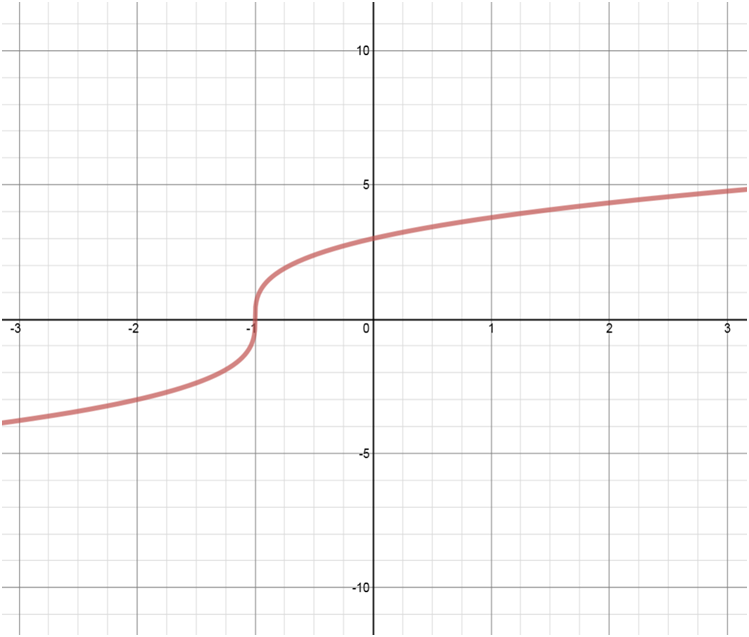Vertical translations refer to movements of a graph of a function vertically along the y-axis by changing the y values. So, if y = f(x), then y = (x) + h results in a vertical shift. If h > 0, then the graph shifts h units up; while If h < 0, then the graph shifts h units down.
Intros
0/1 watched
- An Experiment to Study "Vertical Translations"
Sketch and compare: VS. VS. - An Experiment to Study "Vertical Translations"
Sketch and compare: VS. VS.Sketch all three quadratic functions on the same set of coordinate axes. - An Experiment to Study "Vertical Translations"
Sketch and compare: VS. VS.Compared to the graph of :
• the graph of is translated "vertically" ________ units _____________.
• the graph of is translated "vertically" ________ units _____________.







